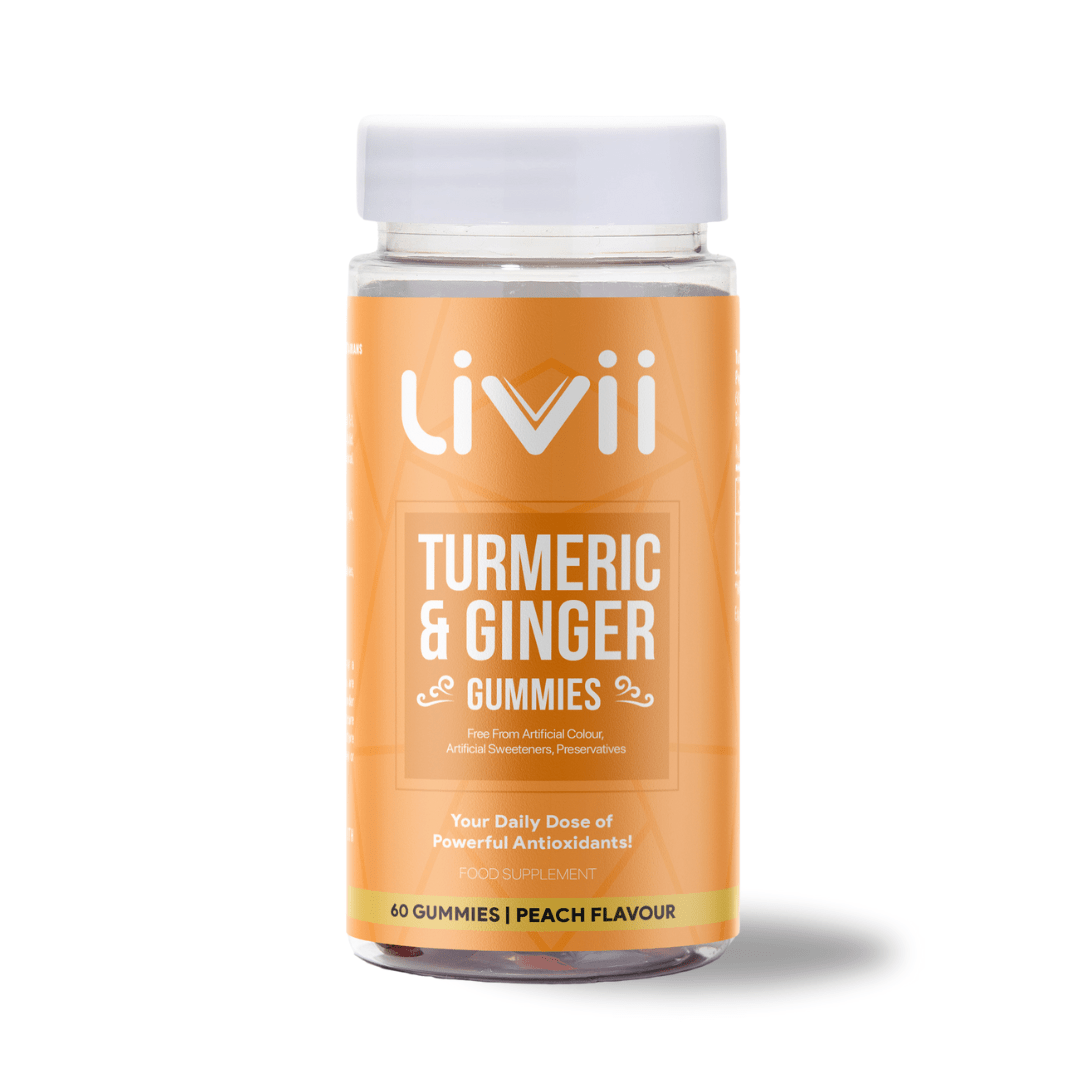Embarking on an international journey from the UK? Understanding the UK Travel Requirements is crucial. The excitement of immersing oneself in new cultures, savouring exotic cuisines, and witnessing diverse landscapes is unparalleled. However, the foundation of such enriching experiences lies in meticulous preparation. From ensuring your travel documents are in order to being updated on health advisories, every detail is vital.
As global travel becomes increasingly accessible, the intricacies associated with it also grow. Different countries have their unique regulations, and staying abreast of these can be challenging. This is where Tabi Health, your trusted online clinic and pharmacy hub, comes to your aid. With our unwavering commitment to providing accurate health advice and services, we aim to streamline your travel preparations.
In this guide, we’ll delve deep into the essential UK Travel Requirements every traveller should be cognizant of before setting foot on foreign soil. Whether you’re a seasoned globetrotter or charting out your maiden overseas voyage, this guide is tailored to arm you with the knowledge you need, ensuring a journey filled with joy and devoid of hiccups.
1. Passport and Visa Essentials
Before you even start packing, it’s crucial to ensure your travel documents are in order.
Passport Validity: Most countries require your passport to be valid for at least six months beyond your return date. It’s always a good practice to check the expiry date well in advance.
Visa Regulations: Visa requirements vary from country to country. While some nations might offer a visa on arrival, others necessitate a detailed application process. Always research in advance to avoid any last-minute hitches.
2. Health and Safety Preparations
Your health should always be a priority, especially when travelling.
Vaccinations: Depending on your destination, you might need specific vaccinations. For instance, if you’re heading to tropical regions, certain vaccines might be obligatory. Always consult with health professionals before your trip.
Medications: If you’re on any medication, ensure you have an ample supply for your journey. For guidance on medication regulations of your destination, Tabi Health’s Health & Advice section is a valuable resource.
3. Embracing Local Customs and Laws
Every country has its unique set of traditions and regulations. Being aware can make your trip smoother and more enjoyable.
Local Customs: From attire to public behaviour, it’s essential to be respectful and aware of what’s acceptable in the country you’re visiting.
Currency and Banking: While credit and debit cards are widely accepted, it’s always wise to have some local currency on hand for smaller transactions. Also, inform your bank about your travels to prevent any card issues.
Language Barriers: English might not be widely spoken everywhere. Consider learning basic phrases or using a translation app to make communication easier.
Packing Essentials: Check the weather forecast for your destination and pack accordingly. If you’re unsure about health essentials to pack, Tabi Health’s online shop offers a range of products that can be delivered right to your doorstep.
Electrical Outlets: The UK uses a specific plug type. Research the electrical standards of your destination and invest in a universal adapter.
Conclusion: UK Travel Requirements and the Road Ahead
Embarking on an international journey is more than just exploring new destinations; it’s about immersing oneself in diverse cultures, tasting exotic cuisines, and creating memories that last a lifetime. However, the foundation of such enriching experiences is meticulous planning and preparation. Being well-informed and proactive about UK Travel Requirements can make the difference between a trip filled with unexpected hurdles and one that flows seamlessly.
With the evolving landscape of global travel, it’s more crucial than ever to stay updated on travel requirements and health advisories. Tabi Health stands as a beacon for travellers, offering not just health advice but also a sense of security. Knowing that you have a trusted health partner, no matter where you are in the world, adds an extra layer of comfort to your travels.
Moreover, as we navigate the complexities of international travel and UK Travel Requirements, it’s essential to remember the core essence of why we travel: to connect, learn, and grow. By ensuring we’re well-prepared, we can focus on the joy of discovery, the thrill of new experiences, and the stories we’ll carry with us forever.
So, as you prepare for your next adventure from the UK, remember to arm yourself with knowledge about UK Travel Requirements, embrace the unexpected, and let the journey transform you. With Tabi Health by your side, you’re not just travelling; you’re journeying with confidence and peace of mind. Here’s to the roads less travelled and the tales yet to be told!
Tabi Health stands as a beacon for travellers, offering not just health advice but also a sense of security. Knowing that you have a trusted health partner, no matter where you are in the world, adds an extra layer of comfort to your travels. For real-time updates and community interactions, you can also follow Tabi Health on their Facebook page.








